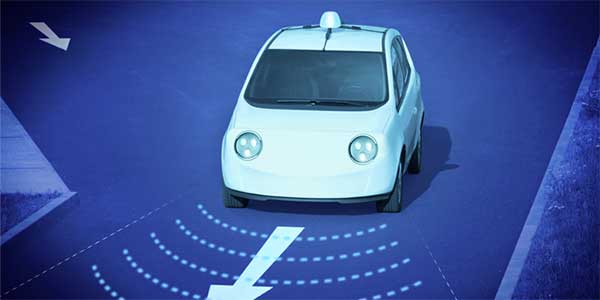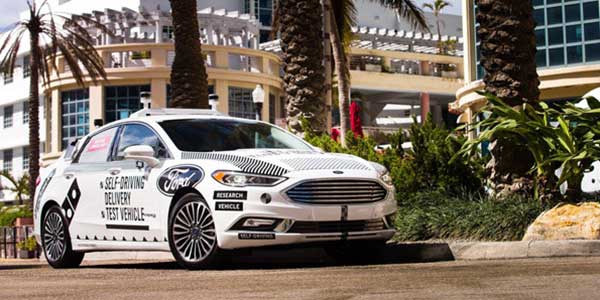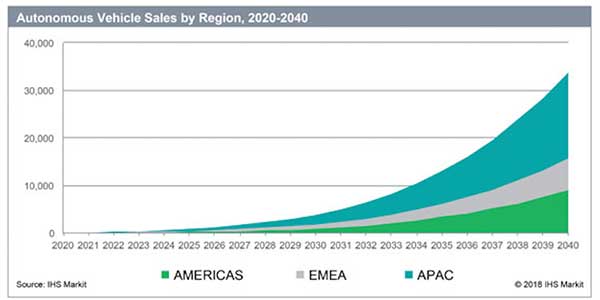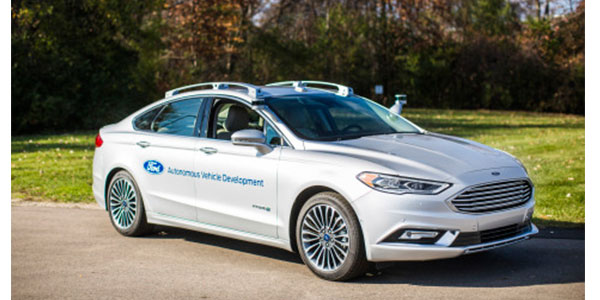In his upcoming AASA Technology Conference keynote address, Paul Golata of Mouser Electronics will take attendees on a ride to prepare for the breakneck speed of technological changes. Following the Technology Conference, AASA will debut a new event on Wednesday, Oct. 3: AASA Aftermarket Mobility Innovation.

Once it’s widely adopted, self-driving technology will save lives, make commutes more productive and ease congestion in cities, but that doesn’t mean people will lose interest in driving vehicles themselves, or that their affinity for personal vehicles will diminish, says Mary DellaValle, editor of Shop Owner magazine.

The legislation, which establishes a regulatory framework for fully autonomous vehicles operating on American roads, contains an amendment sponsored by Sen. James Inhofe (R-Okla.) and supported by the Auto Care Association that would create a federal advisory committee to provide recommendations to Congress on consumer control of vehicle data.
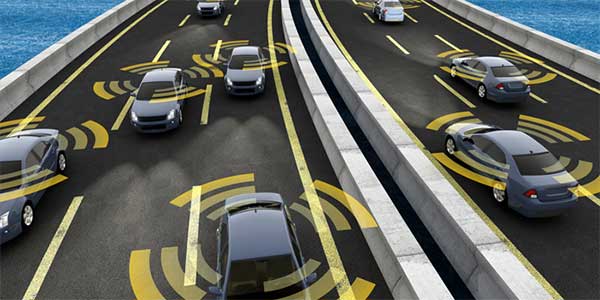
Since 2010, the industry has seen an increase in advanced driver assistance components in vehicles as interest in autonomous technology increases, a Research and Markets report found. The trend of intelligent mobility will become more prevalent once semi-autonomous vehicles gain more momentum by the end of 2020, lowering the number of vehicles without driver assistance components.
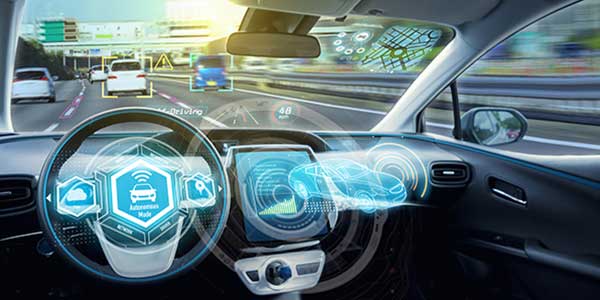
Freedom, privacy, digitally detoxing and the satisfaction of using your hands top the list of reasons millions of Americans will choose to continue driving and working on cars long after self-driving cars are the norm. This is according to a panel of automotive experts and attendees at the inaugural “Why Driving Matters” town hall discussion at auction week in Arizona.
